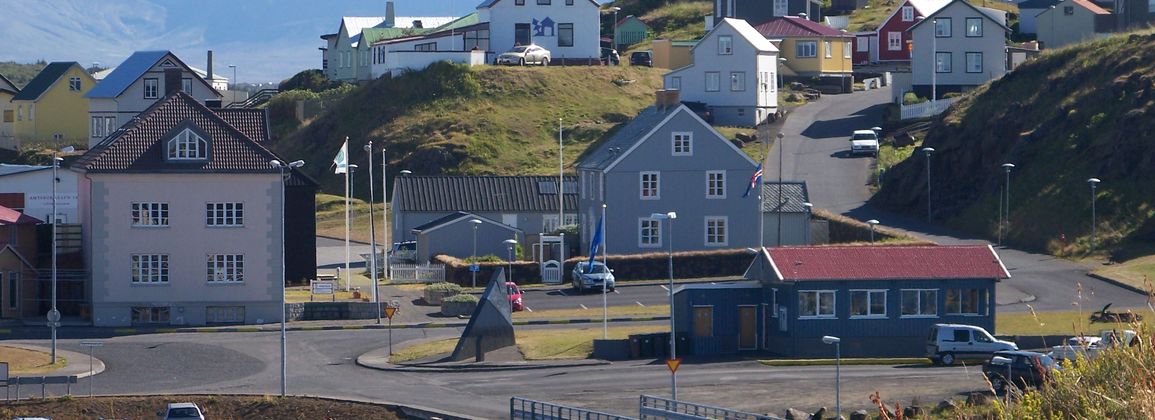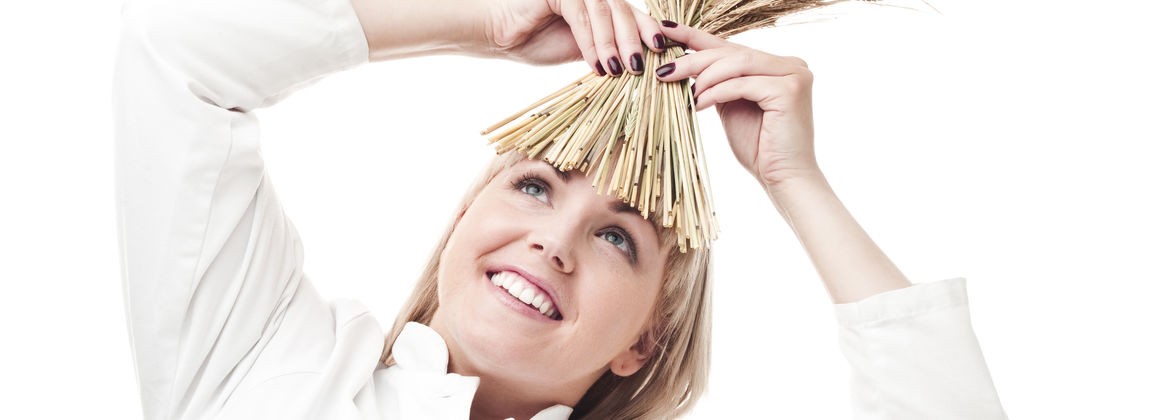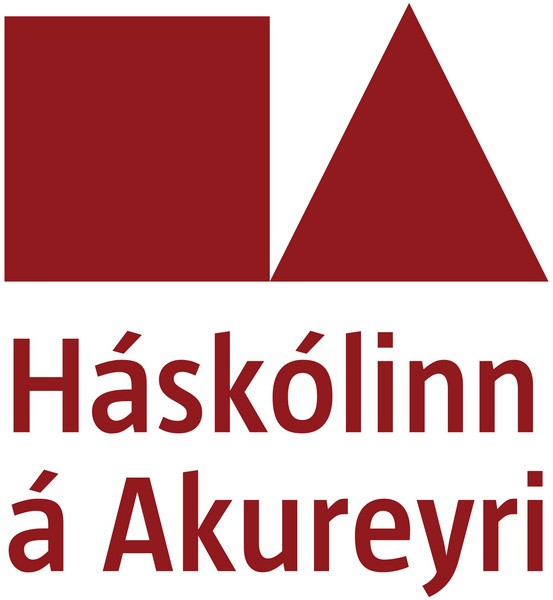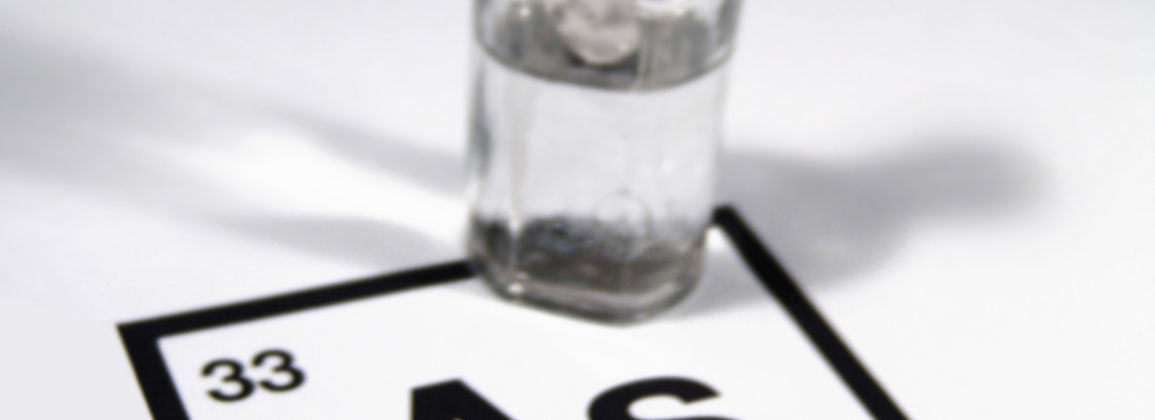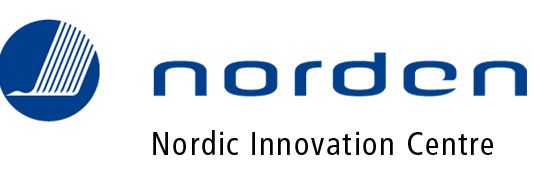Matís will have employees located in Stykkishólmur this summer ready to assist food producers and parties who want to try their hand at production and product development.
Matís has placed great emphasis on being in good contact with small and large food producers all over the country and this is part of building a good relationship with food producers in Stykkishólmur and the surrounding area.
Matís is the largest food research company in the country and has employees who have extensive knowledge of food processing and development and can therefore assist anyone who wants to try new products and product development. It is possible to assist with processing experiments and initial production, but no special facilities will be set up in Stykkishólmur at this time, but Matís' facilities elsewhere will be new or facilities existing with potential partners.
There are many things to consider when working on product development or new production is being prepared, so it is important to go over all aspects carefully, from facilities to the market, and it is necessary to have access to good help that Matís employees are willing to provide. We will strive to provide all the assistance needed to make ideas for new products a reality and we are ready to work with both individuals who are taking their first steps and those who have come a long way with their ideas. .
Matís' specialists have worked on many projects with smaller manufacturers in recent years and have gained important knowledge and experience within the company in launching new ideas. We will, of course, accept all ideas in a positive and constructive way and maintain the utmost confidentiality, so please contact us if you have a promising idea and need the help of the best experts.
Stykkishólmsbær has provided us with excellent facilities in Egilshús Aðalgata 3 and the aim is for Matís staff to stay there this summer.
You can contact Pál Gunnar Pálsson, the project manager of the project, by sending an e-mail to pall.g.palsson@matis.is or call 422 5102/858 5102.

